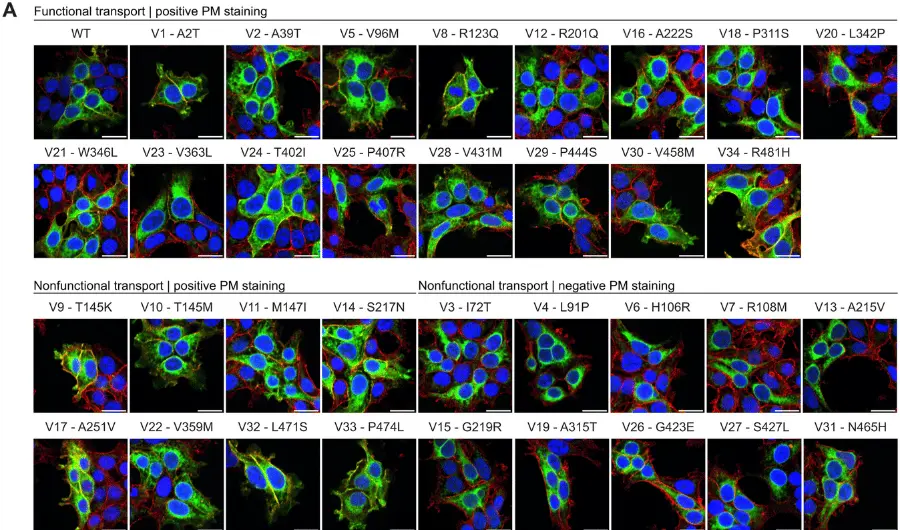Epilepsy Research News: November 2022
November 10, 2022
This issue of Epilepsy Research News includes summaries of articles on:
- Development of Seizures in an Animal Model of West Syndrome
- Psychogenic Nonepileptic Seizures (PNES) Show Structural Abnormalities in Brain Scans
- Creation of Data Standardization Tools for Preclinical Epilepsy Research
Development of Seizures in an Animal Model of West Syndrome
A new publication that features the work of former CURE Epilepsy grantee Dr. John Swann describes the development of an animal model of West syndrome. West syndrome is characterized by infantile spasms (a type of seizure that begins in infancy) and is often accompanied by developmental delay, and hypsarrhythmia or an irregular pattern of brain waves seen on an electroencephalographic (EEG) recording. The study’s authors state that this work is the first to show the progressive development of infantile spasms on EEG, providing an animal model that might allow for an in-depth study of the role of spasm development on decreasing cognitive abilities. The authors also state that this model may be helpful in understanding why early treatment is essential for improved neurodevelopmental outcomes in children with West syndrome.
Psychogenic Nonepileptic Seizures (PNES) Show Structural Abnormalities in Brain Scans
PNES, also known as functional seizures, have long been thought to be caused by psychological factors such as anxiety and post-traumatic stress disorder. However, a new study finds that PNES is associated with structural changes in the brain that can be seen using MRI. A team of researchers analyzed more than 650 clinical-grade MRIs, comparing images from patients with PNES to those who did not experience seizures and could have other mental health conditions, such as depression and anxiety. The results of the study revealed that patients with PNES had thinning in an area of the brain called the superior temporal cortex, which affects a person’s cognitive awareness and control of one’s actions, and thickness in an area of the brain called the left occipital cortex, responsible for the processing of visual and other sensory information. These changes were not present in people who had depression, anxiety, or obsessive-compulsive disorder. The researchers hope that by understanding changes in the brain associated with PNES, therapies can be developed to counter these changes and treat PNES.
Creation of Data Standardization Tools for Preclinical Epilepsy Research
The International League Against Epilepsy/American Epilepsy Society Joint Translational Task Force has published a set of “tools” to improve data standardization and transparency in preclinical epilepsy research. These “tools” are known as common data elements (CDEs) which describe the important variables to be considered in the collection and reporting of epilepsy research, and case report forms (CRFs) which contain these CDEs. This work is published in a two-part series that focuses on tools to improve the standardization of omics research. Contributors to the work include numerous CURE Epilepsy advisors, grantees, and staff.







